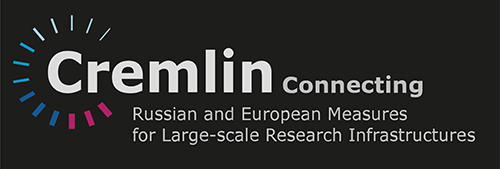Speaker
Description
Since the 1980s, helium-3 has been used as a converter in neutron detectors. A high cross section for neutron conversion, low gamma sensitivity, stability of response and flexibility of the design geometry make helium-3 an ideal converter for neutron detection. The so-called helium-3 crisis in 2009 has triggered worldwide research into alternative neutron detection concepts. Although it has become scarce and expensive ever since, helium-3 is still the gold standard of neutron detection.
Starting with a proportional counter, the general principle of thermal neutron detection is explained. Various types of detectors such as linear position-sensitive detectors (LPDs), the multi-tube concept, and 2D position-sensitive multi-wire proportional chambers (MWPCs) with delay line encoding as well as single-wire readout are elucidated. Common stopping gases and their effect on neutron detection, gamma sensitivity and limits for efficiency, count rate and position resolution are discussed.
Finally, for each type of detector existing installations in instruments such as SANS, a powder diffractometer, a multi-analyzer for cold TAS and a large area detector for the Extreme Environment Diffractometer at HZB will be presented and explained.

